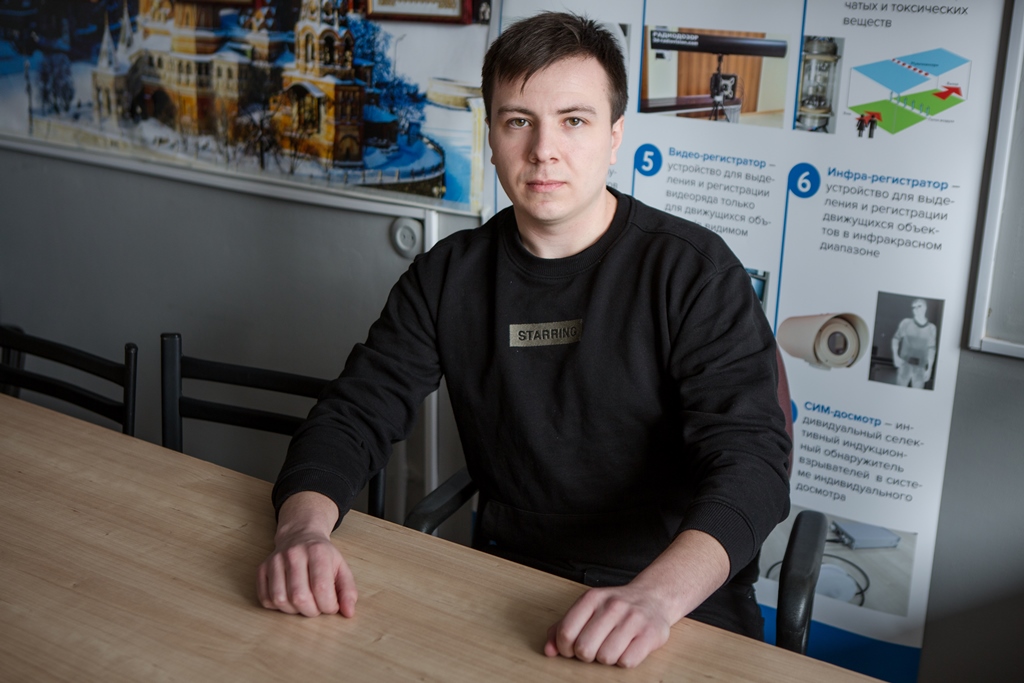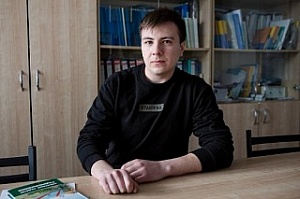Alexander Gorst, a radiophysicist at TSU, under the guidance of Professor Vladimir Yakubov and engineer Alexander Mironchev, created a metamaterial for a new technology using ring conductors and near-field interaction. This method is being used for the first time in the world, and allowed creating metamaterial with wide practical application in medicine, for masking objects, and for creating antennas.
The first use of ring conductors was described by TSU professor Vladimir Yakubov. Alexander Gorst, in turn, developed a prototype of the new material from theoretical studies.
Metamaterial is a multicomponent artificial material with a negative refractive index, and it consists of a plastic base and a rigid filler. Its effective electromagnetic properties go beyond the properties of the constituent components. The developer in the synthesis of metamaterial can vary different free parameters - the size of the structures, the shape, the constant and variable period between them, and others.
The most well-known method for producing metamaterials is the creation of a composite structure based on annular conductors with a cut or conductors of finite length. They are an extremely resonant structure, which does not allow expanding the working frequency band.

- The active development of ultra-wideband radio electronics makes urgent developing metamaterials suitable for a wide frequency band, - said Alexander Gorst. - In my work, I have proposed a new approach to the creation of metamaterials based on closed ring conductors, definitely immersed in a background dielectric medium. The use of such elements allows us to significantly expand the band of operating frequencies. In metamaterials based on conductors of finite length or annular with a cut, this is 500 MHz, and we have up to 1.2 GHz.
The widening of the frequency band has made the material more functional. It can be used to create small-size antennas and non-reflective coatings, which are useful for masking objects for security purposes, and for medical diagnostics. For example, a metamaterial-covered object does not reflect part of the signal from the radar tower, and the operator can not accurately determine the shape of the object, the size, and other parameters. On the other hand, the metamaterial allows you to create a focused image of a higher quality: radio tomography for the detection of prohibited items in luggage or for diagnosing diseases.

